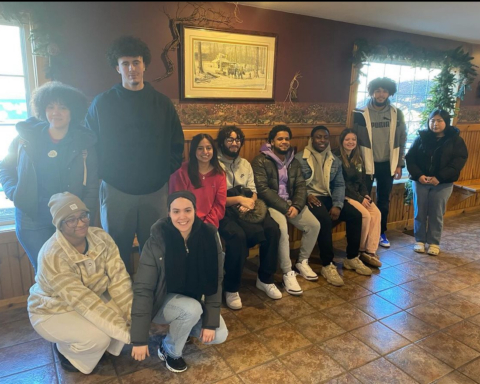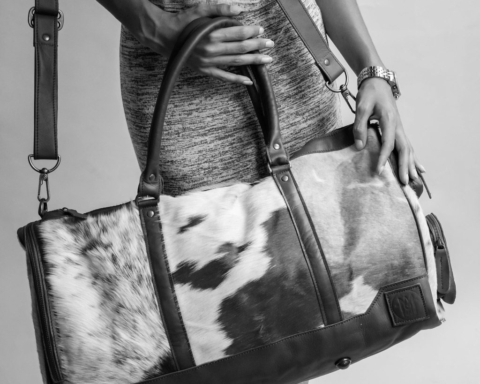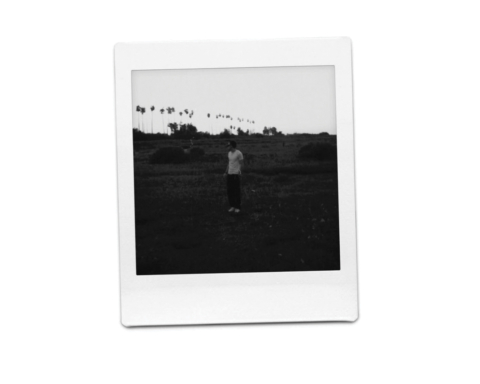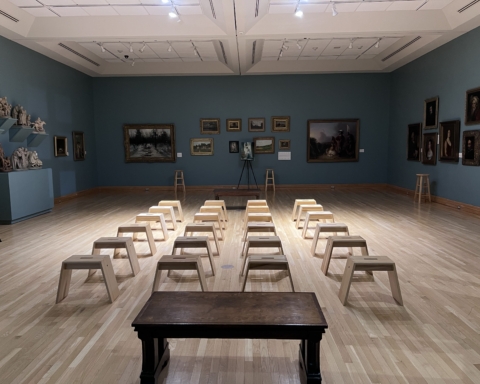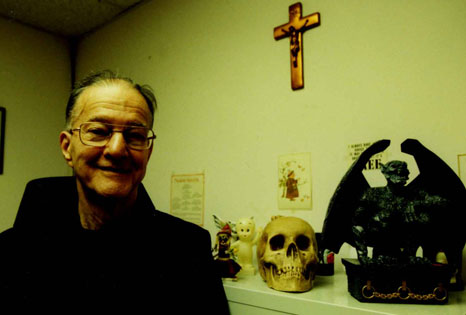By Lauren Zazzara
Features Assignment Editor
The E! Network show “Fashion Police” is dedicated to offering commentary on the fashion choices of celebrities both on and off the red carpet. But since former host Joan Rivers’ death, the show has been shrouded in controversy.
At the 2015 Academy Awards, Disney actress Zendaya Coleman (recognized as Zendaya) wore a dreadlock hairstyle. Giuliana Rancic, one of the commentators of the show, said of Zendaya, “I feel like she smells of patchouli oil or maybe weed,” according to The Huffington Post.
The stereotyping comment, which many, including Zendaya, considered racist, drew a lot of backlash. Zendaya herself tweeted, “There’s a fine line between funny and disrespectful…There is already a harsh criticism of African American hair in society without the help of ignorant people who choose to judge others based on the curl of their hair,” according to The Washington Post.
According to Metro, in response, Rancic tweeted at Zendaya, “I’m sorry I offended you and others. I was referring to a bohemian chic look. Had NOTHING to do with race and NEVER would!!!”
Kelly Osbourne (daughter of Ozzy Osbourne), at the time also a member of “The Fashion Police” cast, expressed outrage that some accused her of saying Rancic’s racist comment about Zendaya, who is her friend. In response, she left the show, said Metro.
The new host of the show, Kathy Griffin, only served on the show for seven episodes. She decided to leave the cast because she said she didn’t appreciate the humor used on the show. Of her decision, she said, “But I do not want to use my comedy to contribute to a culture of unattainable perfectionism and intolerance towards difference,” according to The Washington Post.
The controversy brings up an important question for the fashion industry. Is it an industry that promotes individuality or conformism? In defense of the individualism of fashion, models are often chosen based on looks that are “abnormal,” such as big eyes, large foreheads and recently, those with vitiligo, a disease that causes irregular skin pigmentation.
According to online fashion and lifestyle site Refinery 29, Winnie Harlow, who was also a contestant on “America’s Next Top Model” and has vitiligo, walked several runways at Fashion Week.
However, the majority of models are still thin and white. In fact, white models made up 80 percent of the models that walked in fall 2015 fashion shows, according to fashion news site “The Fashion Spot.” Celebrities are constantly criticized in what they wear if it doesn’t flatter their body types. It doesn’t matter whether said celebrity likes or feels good in what he or she is wearing or not. Fashion Week, while it showcases the hard work of hundreds of designers, also serves as a platform to tell the world what to wear each season. The trends are decided for consumers, and what they can buy in stores is affected by those trends.
The fashion industry needs to work on being more accepting of differences, instead of judging and stereotyping those who flaunt their individuality. Hopefully, the industry learns from “The Fashion Police” fumble and, whether it‘s dreadlocks or something else, consumers can feel safe to wear what they want.
zazzarlm13@bonaventure.edu

